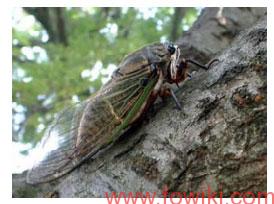The huge growth in the number of subscribers with FTTH installations requires different maintenance methods than used previously. This article explains maintenance of the “last one mile” and explains some concrete measurement solutions.
Construction of the trunk cable shown in the Figure 2 has been completed to cover 85% of households currently. All that remains to do is to run an optical fiber from the splitter (coupler) in the closure to the subscriber’s household when service is requested, creating a direct FTTH connection between the Central Office and the subscriber’s household using optical fiber. The optical fiber running between this closure and the subscriber’s household is called the drop optical level at the subscriber’s household followed by roughput measurement at the ONU. cable or drop optical fiber and can be up to 1.6 km long. In metropolitan households, the drop cable is often less than 500 m long. Installation of the drop cable first requires confirmation of theth
The optical fibers are run from the underground closure up the utility pole, strung from an aerial wire, split by the coupler, and finally terminate in each ONU in the subscribers’ households. Relatively more faults (fiber breaks and large loss) occur in this section of fiber between the coupler and the ONU than in the trunk fiber. The three main causes of these faults are listed below:
(1) Natural disasters
Since the fiber is strung from utility poles, it is subject to repeated stress from typhones, heavy rain, etc., as well as aging changes, which cause breaks and loss.
(2) Animal damage by birds, insects, etc.
Attacks by animals, like squirrels, rats, crows, etc., cause damage and fiber breaks. In west Japan, there have been many reports of damage made by cicadas laying eggs in cables

(3) Excessive fiber bending in subscriber households
Sometimes, people rearranging their furniture or moving the ONU can bend the fiber excessively, causing a break or high loss. The most important issue for service engineers is how to quickly and efficiently troubleshoot drop cable faults caused by these types of problems.